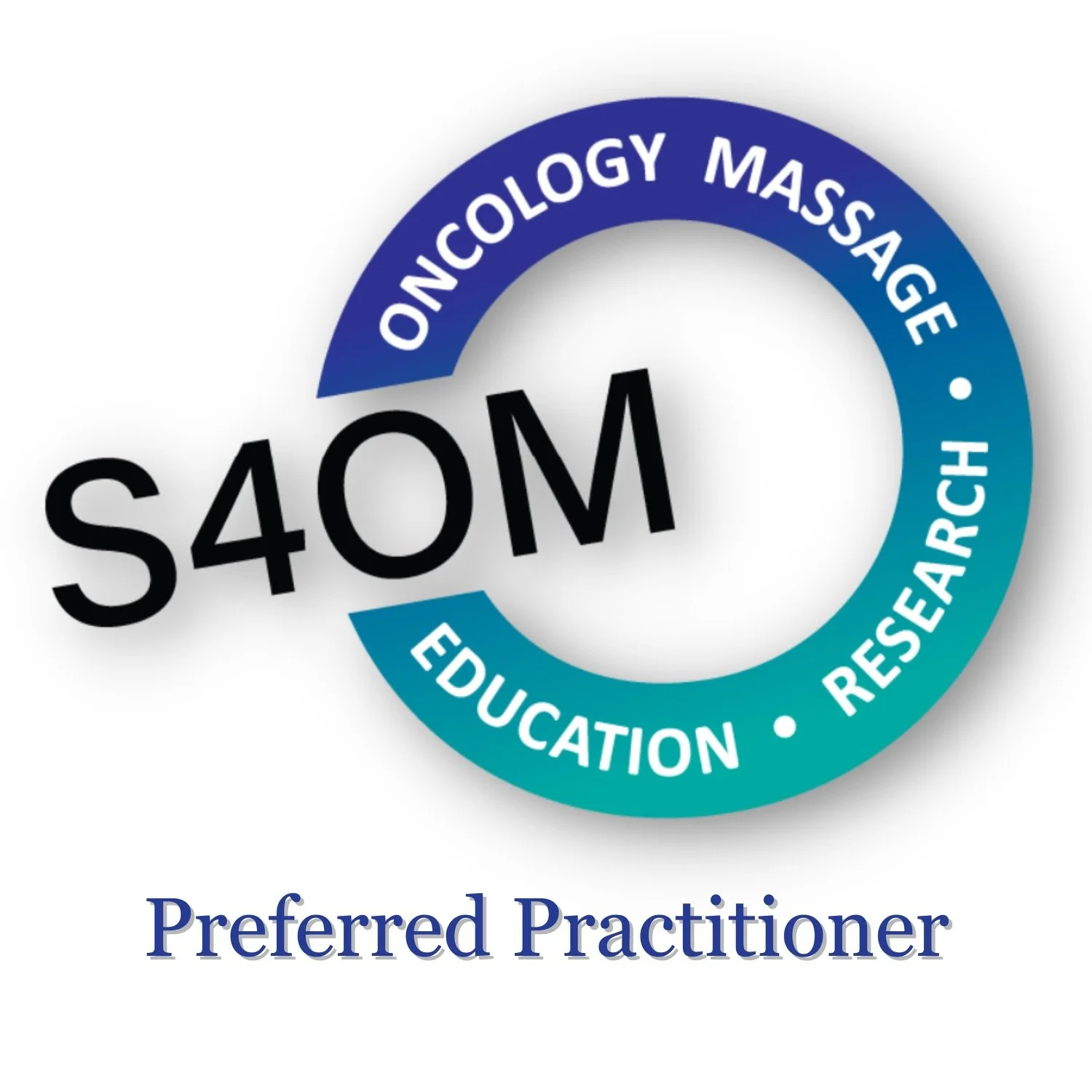
ReJenuvate Massage & Wellness Clinic
Located in Bonnyville, Alberta, our team of professional massage therapists and wellness practitioners strives to create a safe space for you to nourish your mind, body and overall wellness.
Specialized Services
MANUAL LYMPHATIC DRAINAGE (MLD)
-
Manual Lymphatic Drainage (MLD) is a specialized massage technique involving gentle, rhythmic movements to stimulate the lymph vessels under your skin. Each stroke slightly stretches the skin in the direction of the lymphatic flow to encourage the drainage of lymph fluid effectively and efficiently which carries waste products away from the tissues and back towards the heart.
-
There are many conditions that may benefit from this modality, such as pre and post-cosmetic surgeries, including breast/chest surgeries, during and after cancer treatments, joint pain, arthritis, autoimmune conditions, edema, lipedema and lymphedema management, sprains, whiplash, fibromyalgia, migraines, tinnitus, insomnia, anxiety, and general wellness.
MLD is soothing, restorative and has a natural analgesic effect. We often spend a lot of time in the “fight or flight” (sympathetic nervous system response), and MLD can help promote a (parasympathetic response), allowing us to “Rest and Digest.”
-
Lymphedema is a lifelong and progressive inflammatory disease caused by a dysfunction in the lymphatic system. As a result, lymphatic fluid (lymph) accumulates in the body, leading to chronic swelling.
Lymphedema occurs most frequently in the legs and arms but can occur anywhere in the body. It cannot be treated with medications; it must be managed by following a specialized treatment program.
-
Lymphedema can occur when lymphatic vessels or nodes are dysfunctional and/or have been damaged, destroyed, or removed.
-
Primary Lymphedema develops due to a genetic predisposition to a faulty lymphatic system. It can appear at birth or develop later in life.
Secondary Lymphedema is typically caused by surgery, radiation, infection, obesity, or trauma that damages the lymphatic system.
-
Lipedema is a chronic medical condition that forms a symmetrical buildup of adipose tissue (fat) in the legs, arms, and lower trunk. It often causes pain, swelling, heaviness, loose skin, easy bruising, and the feeling of nodules under the skin. These nodules often feel like rice, pearls, or walnuts under the skin.
Lipedema is NOT obesity, although both diseases can sometimes occur at the same time.
Lipedema bodies come in all sizes, large and small. Regardless of body size, people with lipedema may experience pain and effects on their mobility. Lipedema is often resistant to diet and exercise. People with lipedema sometimes suffer for years trying to lose weight by all methods with little change to affected areas.
For people with lipedema, having a supportive and informed clinician can make all the difference in their quality of life.

See what our great customers have to say about us!

